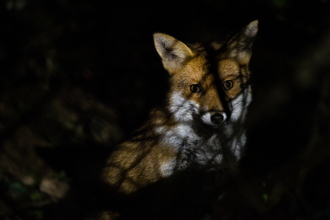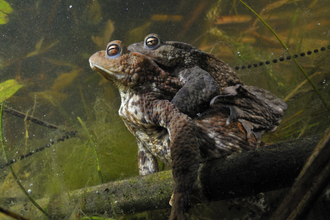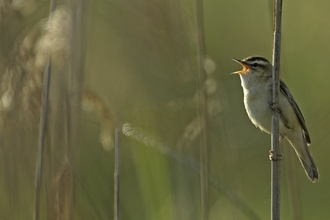Badger on trail camera at Dropping Well Farm. Photo credit Andy Harris.
Spotting wildlife can sometimes be difficult, unless you’re particularly eagle-eyed. However, it can be made easier – enter the wildlife camera! We regularly use trail cams on Dropping Well Farm to survey and evidence the species present on site and as a result, we have captured some amazing footage of various kinds of wildlife. Our camera, installed under a crab apple tree on site, frequently captures foxes and badgers making the most of the fruits on offer.





